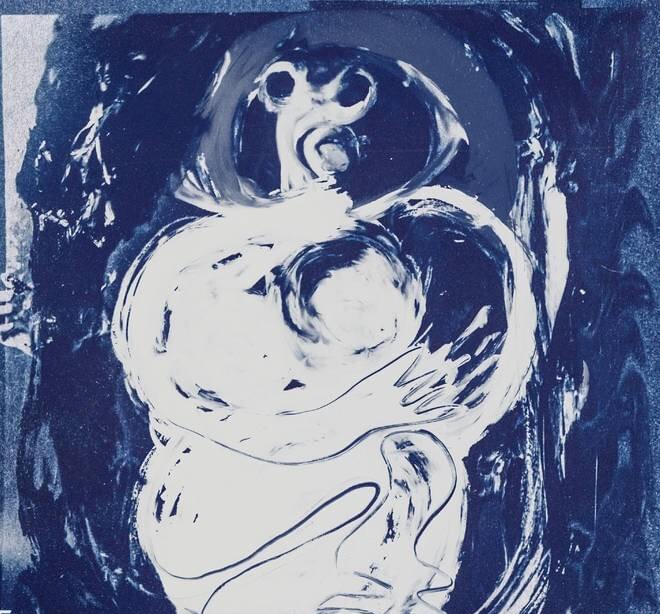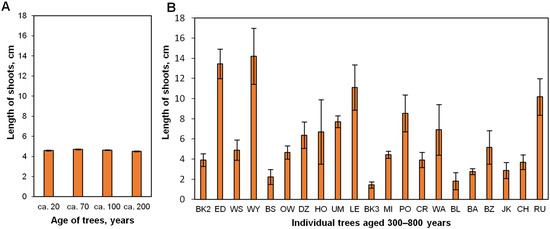The conservation of the genetic resources of old trees is crucial to their ecological role but is extremely difficult, especially for oak species (Quercus spp.) displaying recalcitrance in seed and vegetative propagation methods. Our study aimed to assess the regenerative potential of Quercus robur trees of different ages (up to 800 years) during micropropagation. We also aimed to determine how in vitro conditions can influence in vitro regeneration responses. Lignified branches collected from 67 selected trees were cultivated ex vitro in culture pots at 25 °C to obtain epicormic shoots (explant sources). The explants were cultivated on an agar medium supplemented with 0.8 mg L−1 6-benzylaminopurine (BAP) for at least 21 months. In a second experiment, two different shoot multiplication conditions (temporary immersion—RITA® bioreactor and agar medium) and two culture medium formulations (Woody Plant Medium and modified Quoirin and Lepoivre medium) were tested. The results showed that the mean length of the epicormic shoots obtained in a pot culture was a function of donor age and was similar among the group of younger trees (ca. 20–200 years), and varied between older trees (ca. 300–800 years). The efficiency of in vitro shoot multiplication strictly depended on the genotype. A sustainable in vitro culture (defined as survival after 6 months) was only possible for half of the tested old donor trees, even when they survived the first month of in vitro growth. A continuous monthly increase in the number of in vitro cultured shoots was reported in younger oaks and in some old oaks. We found a significant effect of the culture system and the macro- and micronutrient composition on in vitro shoot growth. This is the first report demonstrating that the in vitro culture can be successfully applied to the propagation of even 800-year-old pedunculate oak trees.

